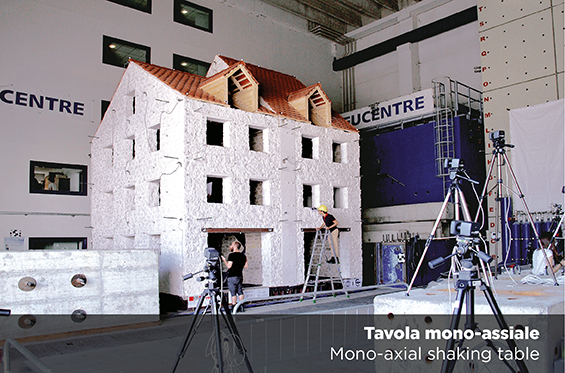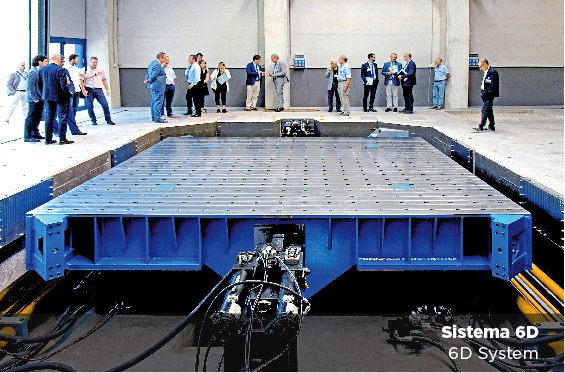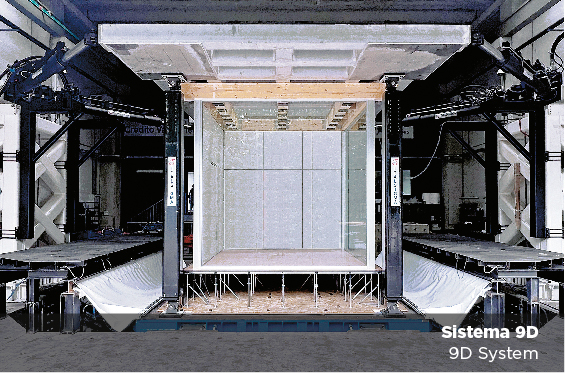Understanding how buildings and infrastructure react to earthquakes is fundamental to protecting lives and preventing catastrophic damage. Earthquake engineering, the field dedicated to this purpose, has made great strides in recent decades, developing increasingly sophisticated tools to study and mitigate the effects of earthquakes. Among these tools, shaking tables represent cutting-edge technology essential for analysing and confirming how structures react to seismic tremors. These sophisticated test benches make it possible to recreate the complex forces unleashed during an earthquake in the laboratory, making it possible to closely observe the behaviour of buildings, bridges, and other artifacts under extreme conditions.
The Eucentre Foundation stands out internationally as one of this field’s most advanced research centers. Equipped with state-of-the-art infrastructure, Eucentre can simulate real and artificial earthquakes with great accuracy in its laboratories. Its highlights are the mono-axial shaking table, the 6-degree-of-freedom table, and the 9-degree-of-freedom system. These are accurate benchmarks for the experimental study of the response of structures and non-structural components to the dynamic forces generated by earthquakes.




